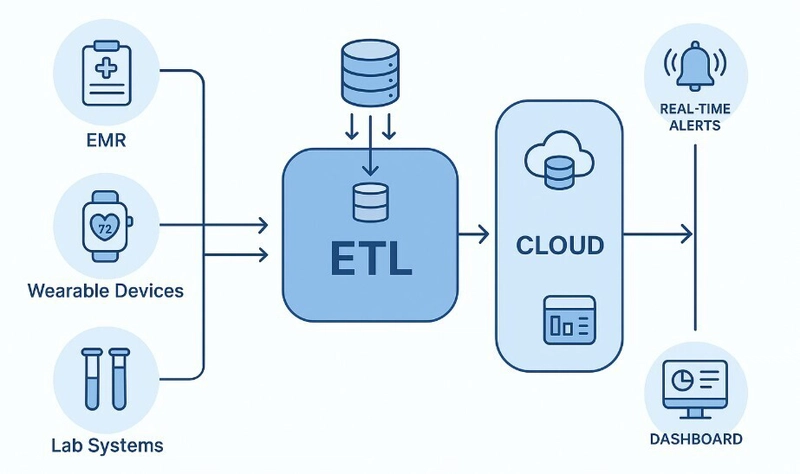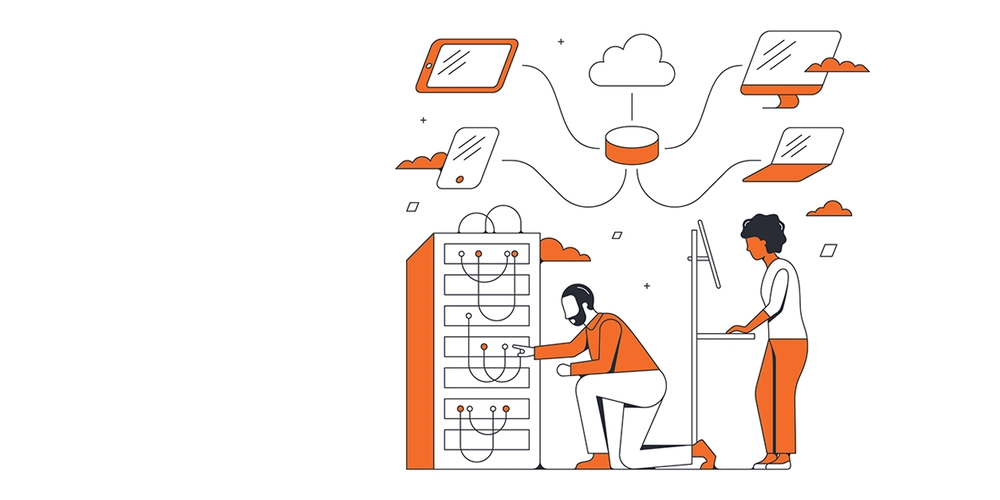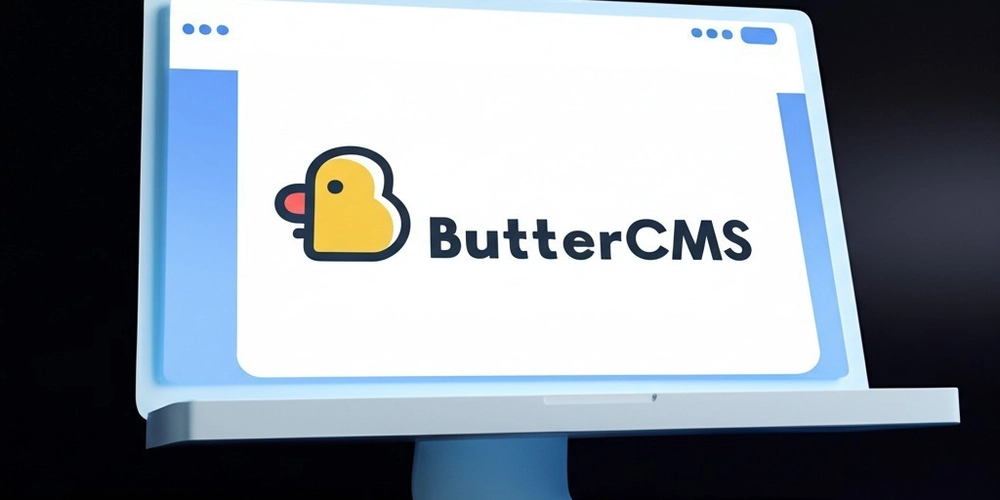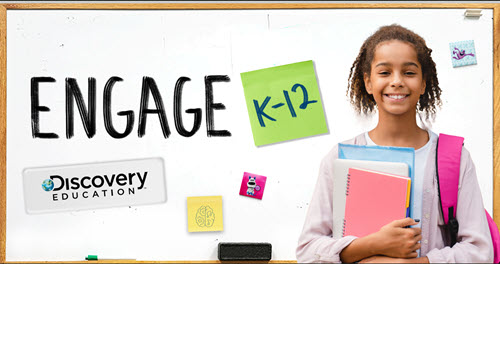Beyond digital literacy: Why K-12 educators must prioritize data literacy
While digital literacy has become an aspirational cornerstone of modern education, the exponential growth of data-driven decision-making across industries reveals critical gaps that demand a stronger focus on data literacy.


Key points:
- Building a data-literate school culture takes time and intention
- We are all digital immigrants now
- Data-informed decision-making in education: A comprehensive approach
- For more news on data literacy, visit eSN’s Innovative Teaching hub
While digital literacy has become an aspirational cornerstone of modern education, the exponential growth of data-driven decision-making across industries reveals critical gaps that demand a stronger focus on data literacy. Digital literacy provides foundational technical competencies, but data literacy is necessary to equip students with the analytical frameworks needed to responsibly navigate our quantified world.
In today’s technology-rich classrooms, digital literacy is becoming a foundational skill–students are learning to navigate devices, use educational software, and collaborate online. But as we prepare students for the future, it’s no longer enough for them to simply use technology. They must learn how to understand and interpret data that drives so many aspects of their lives.
This is where data literacy comes in. While digital literacy is about accessing and sharing information through digital tools, data literacy is about making sense of the information those tools produce and using it wisely. For K-12 educators, building students’ data literacy is not a “nice-to-have.” It is essential.
Our classrooms are data-rich, but are we data-literate?
Whether we realize it or not, data is everywhere in our schools. Every test score, attendance log, learning app, or digital assignment generates data. Teachers use data dashboards to track student progress. Schools use analytics to identify at-risk students or allocate resources. Students, too, interact with data daily, whether analyzing graphs in math class or using feedback from educational platforms to guide their learning.
However, using digital tools does not automatically mean students, or educators, understand the quality, context, or implications of the data they see. Students may know how to make a chart in Google Sheets, but do they understand what story the data tells? Do they know how to question a graph they see on social media? Can they understand the difference between correlation and causation? This gap is what separates digital literacy from data literacy, and it’s a gap we urgently need to close in K-12 education.
What is data literacy for K-12 learners?
Data literacy in a school context means more than reading charts or calculating averages. The National Center for Education Statistics (NCES) published a Forum Guide to Data Literacy, which articulates the processes to create data-literate schools, but does not directly outline the skills of data literacy itself. The authors would posit the following are the necessary core skills for data literacy:
- Understanding how data is collected, and by whom
- Asking questions about what data does (and doesn’t) show
- Analyzing patterns and drawing evidence-based conclusions
- Recognizing bias in data collection or interpretation
- Considering the ethical use of data, especially personal information
When students are data literate, they’re equipped to make informed decisions, evaluate claims, and engage as thoughtful citizens in a data-driven world. In other words, they’re not just passive consumers of information, they’re critical thinkers.
Why it matters for K-12 teachers
As educators, we regularly interact with data, benchmark scores, reading levels, engagement analytics from edtech tools, and state test results. Data is only helpful if we can interpret it accurately and use it effectively to support learning. The same goes for students. As artificial intelligence, personalized learning platforms, and algorithm-driven content become more common in classrooms, students must understand how data influences what they see and how they are assessed. Teaching data literacy helps students succeed academically and develop the civic skills they’ll need to navigate the wider world.
Integrating data literacy into K-12 curriculum
The good news? You don’t need to be a data scientist to teach data literacy. And it doesn’t require a separate course. You can build it into existing coursework.
In math, students can move beyond computation to analyze real-world datasets. They can explore questions like, “What trends do we see in this data?” or “What might be missing from this information?”
In science, students can design simple investigations, collect data, and consider variability and bias in their experiments.
In ELA, students can critique the use of data in argumentative texts or analyze how data is used to persuade in advertisements or media.
In social studies, students can interpret historical or demographic data, question sources, and discuss how data is used to shape policy.
What’s important is creating opportunities for students to question, reason, and reflect–core components of both critical thinking and data literacy.
Professional learning for educators
Just as we strive to be lifelong learners, we need time and support to develop our own data literacy skills. Many of us were trained to teach content, not to analyze student data or model data reasoning in the classroom. Professional development focused on data literacy can help us feel more confident using student data for instruction, identifying meaningful trends, and teaching students how to critically examine information. Educators need to be given the necessary resources to support the development of data literacy, including the technology tools, time, and fiscal resources to be successful.
Schools and districts can support this work by embedding data literacy into ongoing training, not just tech integration workshops. Coaching, co-teaching models, and collaborative inquiry teams can also build teacher capacity and create shared language around data use.
Data ethics and student agency
There’s another layer of data literacy that’s especially relevant in today’s digital age: ethics. Students’ data is collected constantly, from learning platforms, devices, and even classroom tools. Yet many students aren’t aware of how this data is used or what rights they have. Teaching students to think critically about data means helping them ask:
- What personal data am I sharing–and who has access to it?
- How can data be used to help or harm individuals or groups?
- What responsibilities do we have when interpreting or presenting data?
These conversations help build data literacy and digital citizenship and student agency. It empowers students to ask hard questions and make informed choices–skills that are essential well beyond the classroom.
The road ahead
Building a data-literate school culture takes time and intention. It requires rethinking what we teach, what data we share with students, and how we engage with information ourselves. The payoff is worth it. We will create students who are more confident, more critical, and more capable of navigating the world around them.
As K-12 educators, we’ve already done the hard work of integrating digital tools into learning. Now it’s time to go further. Let’s help our students not only use technology but understand and question the data behind it. Let’s prepare them not just to function in a digital society, but to lead in it.







































































